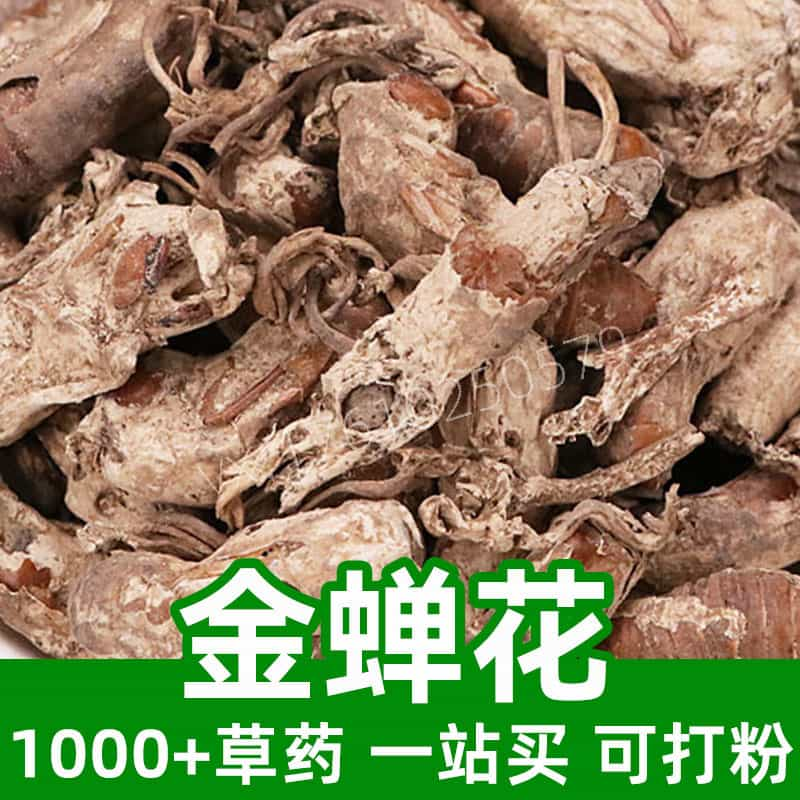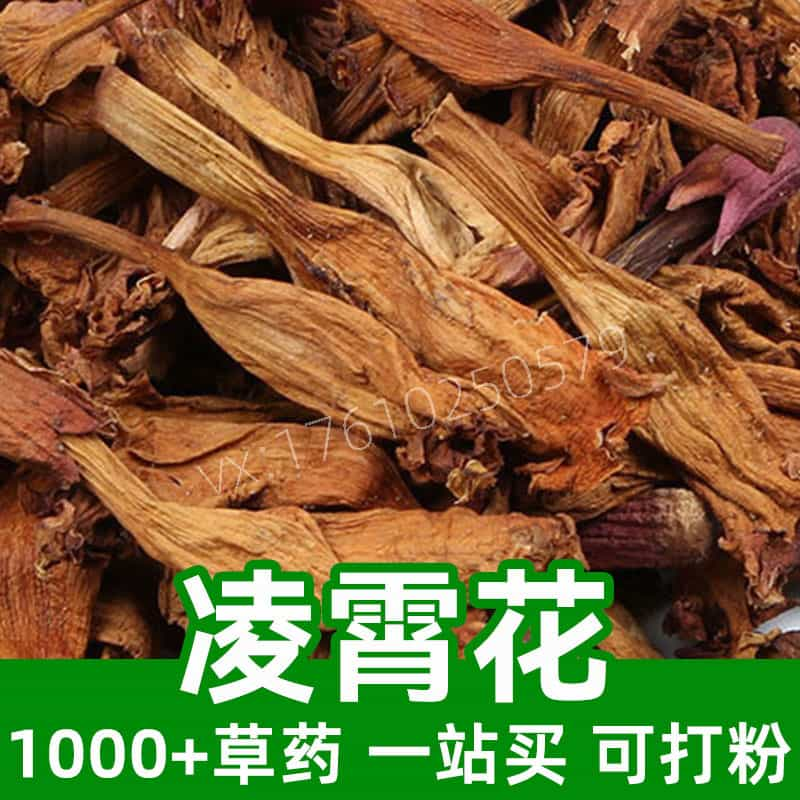Amur Corktree Bark Product Introduction
Amur Corktree Bark is a common traditional Chinese medicinal herb, rich in components such as Phellodendrine and Berberine. It is mainly found in regions such as North China, Northeast China, and Northwest China. Amur Corktree Bark has properties that clear heat and dampness, reduce fire, detoxify, and kill insects, and is often used to treat conditions like damp-heat jaundice, diarrhea, dysentery, and ulcers.
Main Active Ingredients of Amur Corktree Bark
Amur Corktree Bark is an important medicinal herb, and its primary active ingredients include Phellodendrine, Berberine, and Phellodendron glycosides. These components endow Amur Corktree Bark with various pharmacological effects and medicinal value.
- Phellodendrine: This is one of the main alkaloid components in Amur Corktree Bark, exhibiting antibacterial, anti-inflammatory, antioxidant, and anti-tumor properties. Its antibacterial effect effectively inhibits the growth of bacteria and fungi, making it useful for treating skin infections and other related conditions.
- Berberine: A significant phenolic compound found in Amur Corktree Bark, with antioxidant, anti-inflammatory, and astringent properties. It is effective in neutralizing free radicals, protecting cells from oxidative damage, improving skin conditions, and promoting wound healing.
- Phellodendron Glycosides: This glycoside component has antibacterial, anti-inflammatory, and analgesic effects. It effectively suppresses inflammatory responses, relieves pain, and is often used in treating gastrointestinal inflammation and respiratory infections.
Additionally, Amur Corktree Bark contains various flavonoids, terpenes, tannins, and other chemical compounds that also have medicinal benefits, including clearing heat, detoxifying, astringing, and regulating immune function.
In summary, the active ingredients in Amur Corktree Bark have diverse pharmacological effects and can be used to treat various diseases and promote health. In practice, it is essential to choose the appropriate Amur Corktree Bark preparation based on the condition and under the guidance of a healthcare professional.
Applications and Dosage of Amur Corktree Bark
Amur Corktree Bark is widely used in both traditional Chinese medicine and the food industry. Its dosage and application vary depending on the specific use. Below are the main applications and recommended dosages in these two fields:
- Traditional Chinese Medicine Applications:
- Clearing Heat and Drying Dampness: Amur Corktree Bark is used to treat conditions like damp-heat dysentery and eczema. The typical dosage is 3-10 grams per dose, prepared as a powder or decoction.
- Astringing and Stopping Bleeding: It is used to treat various gastrointestinal bleeding conditions, such as ulcers and hemorrhoids. Dosage is typically 3-10 grams per dose, prepared as a decoction or pill.
- Antibacterial and Anti-inflammatory: Amur Corktree Bark has inhibitory effects on many bacteria and fungi, making it effective for treating skin and oral infections. It is usually prepared as an ointment or solution, applied to affected areas 2-3 times per day.
- Food Industry Applications:
- Food Preservation: Amur Corktree Bark has antibacterial properties, making it a useful preservative in the food industry. The typical dosage is 0.1%-0.5% of the total food weight when added as a powder or extract.
- Flavoring Agent: Amur Corktree Bark's bitter and astringent taste can be used as a seasoning to enhance the flavor of food. It is usually ground into powder and added to soups or sauces.
- Food as Medicine: Amur Corktree Bark is also used in foods with medicinal benefits, such as Amur Corktree Bark wine or honey, with the dosage adjusted based on taste and desired health effects.
It is important to note that while Amur Corktree Bark has many benefits, its use should be carefully controlled to avoid excessive dosage and potential side effects. Always purchase Amur Corktree Bark from reputable sources and use it under medical supervision, especially for long-term or high-dosage use.
Introduction to the Source Plant of Amur Corktree Bark, Distribution, and Growing Environment
Amur Corktree Bark (scientific name: *Phellodendron chinense Schneid.*) is a common medicinal plant belonging to the Rutaceae family and the Phellodendron genus. It is also known as DaAmur Corktree Bark, Huangbo, or Lime Tree. Below is an introduction to the source plant, distribution, and growing environment of Amur Corktree Bark.
- Source Plant:Amur Corktree Bark is a tree with yellow-brown bark, vertical streaks and cracks, and a round or oval crown. Its leaves are pinnate, with elliptical or ovate leaflets. The flowers are small, yellow-green, and arranged in cone-shaped clusters at the ends of branches. The fruit is a brown drupe, round or oval in shape.
- Distribution:Amur Corktree Bark is primarily found in southern China, in provinces like Hunan, Hubei, Sichuan, Guizhou, and Yunnan, as well as in Japan and North Korea. In China, it is commonly found at elevations of 200-1000 meters in mountainous and hilly regions.
- Growing Environment:Amur Corktree Bark thrives in warm, humid climates with a preference for sunny conditions, though it can also tolerate partial shade. The plant does not have strict soil requirements but prefers fertile, well-drained soil. Amur Corktree Bark is commonly found in valleys, along streams, and on shaded mountain slopes, as well as in forest edges, open forests, and riverbanks.
Overall, Amur Corktree Bark is a highly adaptable plant, widely distributed in southern China, with a broad range of growing conditions. Its strong adaptability and widespread distribution enhance its value and potential in the medicinal herb market.
Harvesting, Processing, and Storage of Amur Corktree Bark
The harvesting, processing, and storage of Amur Corktree Bark are critical to maintaining its medicinal quality and preserving its active ingredients. Below are the key steps involved in the harvesting, processing, and storage of Amur Corktree Bark:
- Harvesting:Amur Corktree Bark is typically harvested in autumn or winter, selecting mature and healthy trees with thicker trunks. Harvesting is best done on dry, sunny days to ensure high-quality bark. The bark is cut into small sections using sharp tools and then carefully stripped from the tree, extracting the inner yellow or pale yellow parts.
- Processing:After harvesting, Amur Corktree Bark is processed to improve its medicinal value and convenience. The processing steps typically include drying, slicing, and removing impurities and bark. Dried Amur Corktree Bark becomes hard, dark yellow, and uniform in texture. After slicing, it is easier to store and use.
- Storage:Amur Corktree Bark should be stored in a cool, dry, and well-ventilated place, away from direct sunlight and humidity. Sealed containers should be used to protect it from moisture. Regular checks for quality are essential, along with clearing out moisture and debris from storage containers.
- Precautions:During storage, Amur Corktree Bark is susceptible to insect infestation and mold, so periodic inspections and pest control measures are necessary. To maintain its medicinal efficacy, Amur Corktree Bark should be periodically turned over during storage to ensure even drying.
In conclusion, proper harvesting, processing, and storage are crucial to preserving the medicinal value of Amur Corktree Bark. Only through correct practices and optimal storage conditions can its therapeutic effects be ensured for long-term preservation.
Monica Sun is a seasoned expert in the natural raw materials industry, with over a decade of experience specializing in traditional Chinese medicinal herbs, spices, and fungi. She is skilled in the sourcing, processing, and application of these materials, emphasizing sustainability and innovation. Monica Sun has contributed to the development of high-quality natural raw materials that serve as essential components in functional foods, pharmaceuticals, and cosmetics, delivering tailored solutions to meet diverse market needs.













